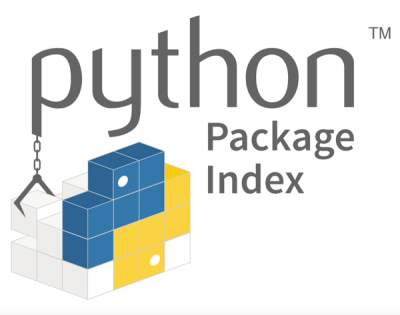form-data2
A Streams2-compatible drop-in replacement for the form-data module. Through the wrapping done by the underlying combined-stream2 module, old-style streams are also supported.
Takes a number of streams or Buffers, and turns them into a valid multipart/form-data stream.
License
WTFPL or CC0, whichever you prefer. A donation and/or attribution are appreciated, but not required.
Donate
My income consists entirely of donations for my projects. If this module is useful to you, consider making a donation!
You can donate using Bitcoin, PayPal, Gratipay, Flattr, cash-in-mail, SEPA transfers, and pretty much anything else.
Contributing
Pull requests welcome. Please make sure your modifications are in line with the overall code style, and ensure that you're editing the .coffee files, not the .js files.
Build tool of choice is gulp; simply run gulp while developing, and it will watch for changes.
Be aware that by making a pull request, you agree to release your modifications under the licenses stated above.
Migrating from form-data
While form-data2 was designed to be roughly API-compatible with the form-data module, there are a few notable differences:
form-data2 does not do HTTP requests. It is purely a multipart/form-data encoder. This means you should use a different module for your HTTP requests, such as bhttp, request, or the core http module. bhttp uses form-data2 internally - that means you won't have to manually use form-data2.- The
header option for the form.append() options object is not (yet) implemented. This means that you cannot currently set custom field headers. - There is no
form.getLengthSync() method. Length retrieval is always asynchronous. - The
form.getHeaders method is always asynchronous (whereas in the original form-data, it is synchronous). Due to the requirements for obtaining the stream length reliably, there is no synchronous equivalent. - A
form-data2 stream is not a real stream. Only the form.pipe() method is implemented, other stream methods are unavailable. This may change in the future.
Usage
var FormData = require('form-data2');
var fs = require('fs');
var form = new FormData();
form.append('my_field', 'my value');
form.append('my_buffer', new Buffer(10));
form.append('my_file', fs.createReadStream('/foo/bar.jpg'));
Promise = require("bluebird");
util = require("util");
Promise.try(function(){
form.getHeaders();
}).then(function(headers){
console.log("Stream headers:", util.inspect(headers));
}).catch(function(err){
console.log("Something went wrong!");
});
... or using nodebacks:
form.getHeaders(function(err, headers){
if(err) {
console.log("Something went wrong!");
} else {
console.log("Stream headers:", util.inspect(headers));
}
});
API
Note that this is not a real stream, and does therefore not expose the regular stream.Readable properties. The pipe method will simply pipe the underlying combined-stream2 stream into the specified target. If you want to access the stream directly for some reason, use form._stream.
append(name, source, [options])
Adds a new data source to the multipart/form-data stream.
This module will not automatically handle arrays for you - if you need to send an array, you will need to call this method for each element individually, using the same []-suffixed field name for each element.
- name: The name of the form field.
- source: The data source to add. This can be a stream, a Buffer, or a UTF-8 string.
- options: Optional. Additional options for the stream.
- contentLength: The total length of the stream. Useful if your stream is of a type that
stream-length can't automatically determine the length of. Also available under the alias knownLength, for backwards compatibility reasons. - contentType: The MIME type of the source. It's recommended to always specify this manually; however, if it's not supplied,
form-data2 will attempt to determine it for you where possible. - filename: The filename of the source, if it is a file or should be represented as such. It's recommended to always specify this manually (if the source is a file of some sort); however, if it's not supplied,
form-data2 will attempt to determine it for you where possible.
Asynchronously returns the HTTP request headers that you will need to successfully transmit this stream, as an object.
All object keys are lower-case. To use the headers, simply merge them into the headers object for your request.
If you specify a callback, it will be treated as a nodeback. If you do not specify a callback, a Promise will be returned.
pipe(target)
Pipes the multipart/form-data stream into the target stream.
done()
You probably don't need to call this.
Calling this method will append the multipart/form-data footer to the stream. It is called automatically when you pipe the stream into something else.
getBoundary()
You probably don't need to call this.
Returns the form boundary used in the multipart/form-data stream.
getLength([callback])
You probably don't need to call this.
Asynchronously returns the total length of the stream in bytes.
If you specify a callback, it will be treated as a nodeback. If you do not specify a callback, a Promise will be returned.
Changelog
v1.0.4 (February 18, 2020)
- Added this changelog to the README
- Removed Lodash, resolving the audit warnings
- Removed CoffeeScript
- Removed Gulp
v1.0.3 (March 17, 2015)
- Added documentation about asynchronicity of
form.getHeaders
v1.0.2 (January 23, 2015)
- Fixed packaging mistake (again)
v1.0.1 (January 23, 2015)
v1.0.0 (January 22, 2015)
Initial release.



